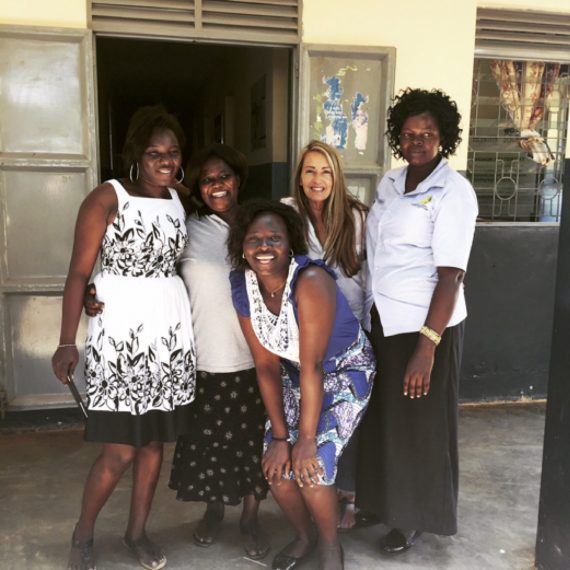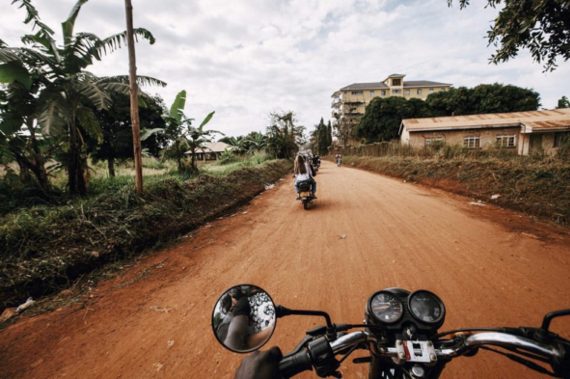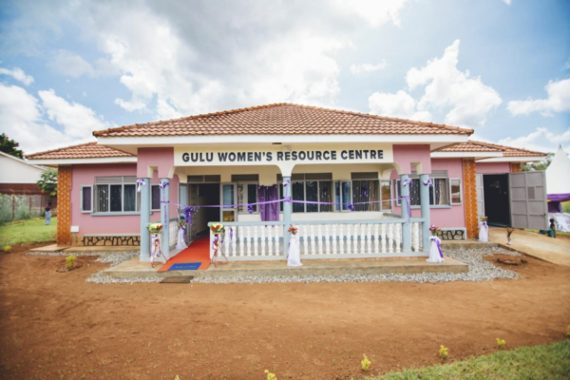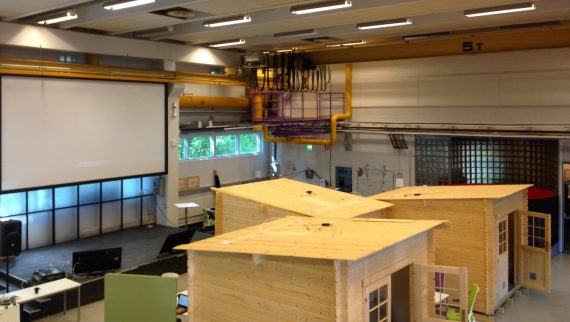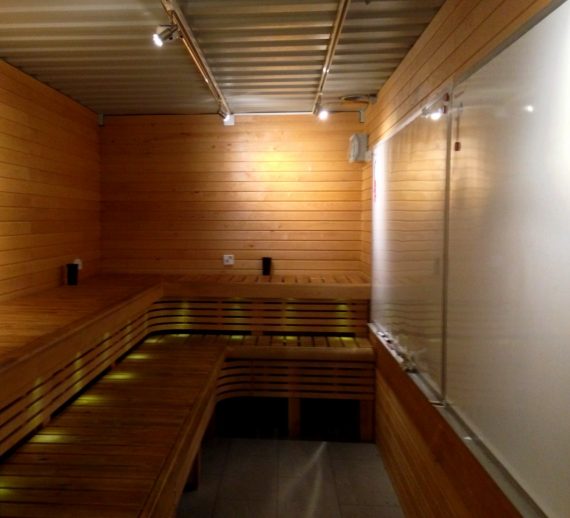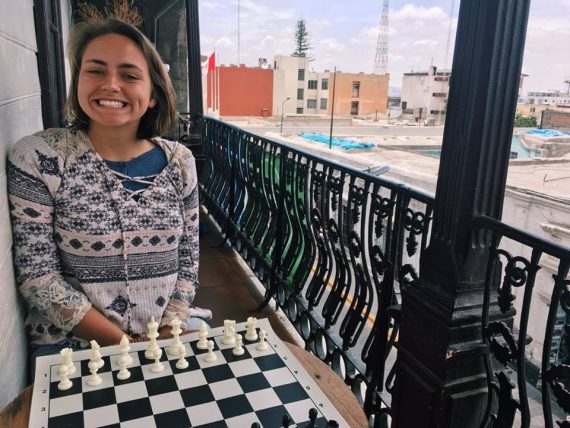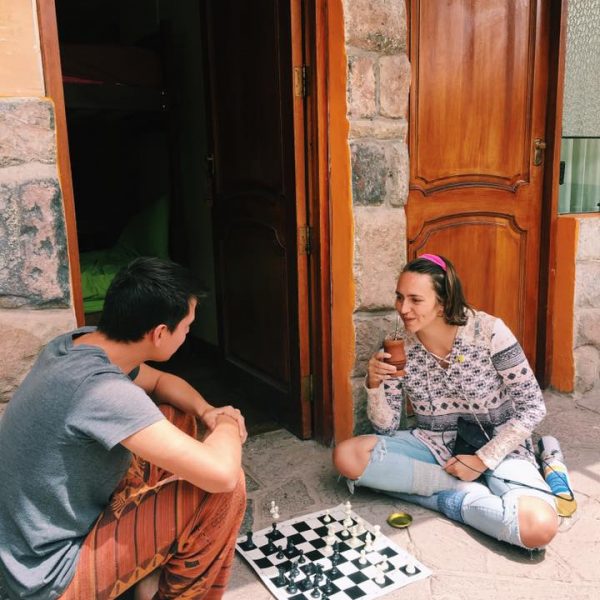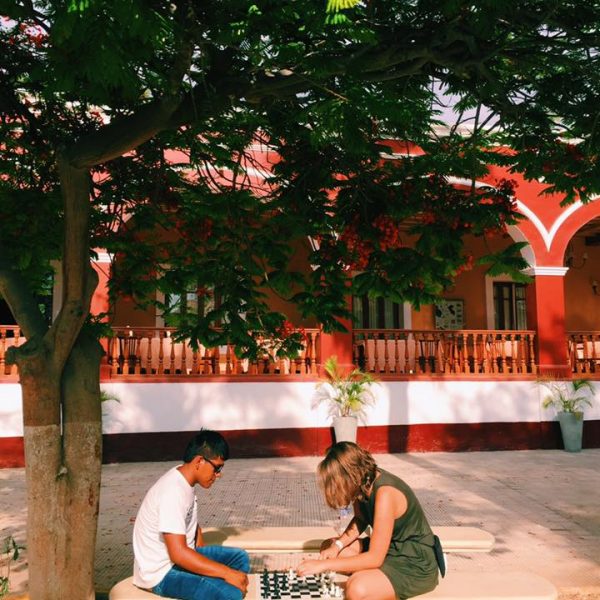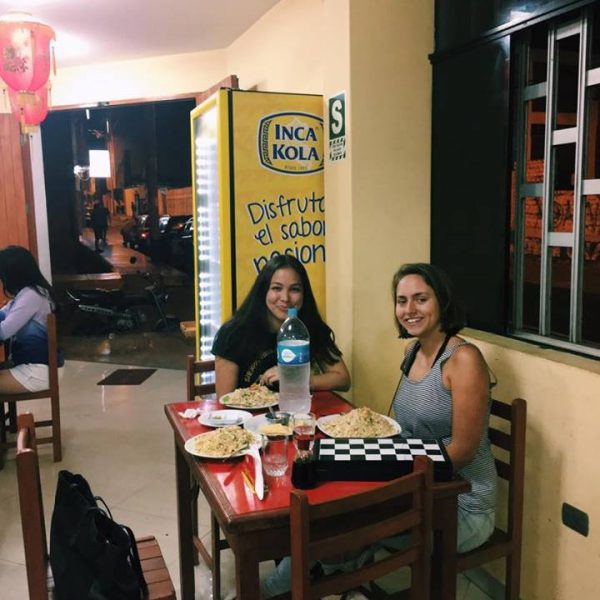
Week 2 Prompt: Cars
CARS — Cars aren’t just transportation. It’s almost a truism that they signify freedom and individuality in whatever society they’re driven, regardless of what “freedom” or “individuality” means locally. For example: open access to the Nürburgring allows Germans to probe their tolerance for danger and speed; Cuba’s relative economic isolation in the 20th century forced car owners to develop innovative ways to keep their vintage American imports running; even in the Soviet Union, car ownership was permitted but carefully managed in what Lewis Siegelbaum called a “Faustian bargain.” But changes in the culture of cars are now appearing, and definitions of individuality and self-expression face yet further refinement. In the United States, there is growing enthusiasm for driverless cars–suggesting mere occupancy (rather than operation) might now be sufficient to express individuality. Meanwhile, in Europe, fallout from the emissions scandal has prompted Volkswagen to speed-up its development of electric powertrains–good news for global CO2 emissions, but guaranteed to eliminate the rumble and gurgle of gas-powered cars. (Whither “POWER!” as Jeremy Clarkson would yell?) This week, observe and listen to cars. Do people use cars to express some aspect of their individuality, or are they simply a way to get from point-A to point-B? How do people commonly interact with cars–as taxis, rentals, privately-owned consumer goods? Are cars viewed as good for society or a nuisance that must be contained and managed?
Sabrina Farmer
Due to restrictions on walking in many South African National Parks because of the danger of the Big Five, automobile travel is the way that most visitors get to see the parks. If you are going to be driving through a national park, the best mode of safari-style travel is in the back of a game driving vehicle (GDV). GDV’s are essentially a truck with a raised bed that is lined with seats, shaded by a sun roof and enclosed with helpful side panels that keep passengers safely away from any dangerous animals. Instead of being cramped in a van pressing your face (or binoculars!) to the window to try and spot an animal, GDV’s allow you to feel the wind in your hair, the dirt in your mouth, and the sun in your eyes. Do not forget your sunglasses or sunscreen, and maybe a bandana to cover your mouth. Since I associate national parks with outdoors experiences, driving in GDV’s allowed me to feel like I was experiencing the nature of the park more, even though I was not actually walking around in it. However even in GDV’s, automobile traffic could not be avoided. People come to parks like Kruger National Park to see the animals, so naturally when a pride of lions is next to the road the cars flock to it and create a traffic jam. Fortunately, those in GDV’s often have a higher vantage point and these jams do not reduce animal spotting ability. During these jams, I often found myself wondering what impacts the presence of so many cars were having on the animals and their stress levels. As tourism increases even further to Kruger and other similar parks I think that traffic management and limitation will become an even greater issue.

Sean Corrigan
My biggest lesson in Hong Kong car culture came, unexpectedly, from a lecture in my computer science class. Our professor was explaining “if statements” to us. During his explanation, he said that unlike in the West, people in Hong Kong take a much more practical and economic approach to deciding whether or not to marry someone. In the C programming language, the evaluation looks like this:
if (<He has a car> && <He has an apartment>)
<Marry him>;
else
<Don’t marry him>;
Meaning that if your potential husband has both a car and an apartment, you should marry him. Of course, this block of code was just a light-hearted take on a marriage decision process that showed us how a programming concept works. While it was mostly a joke, it highlighted that in Hong Kong, car ownership is a symbol of being in good enough financial shape to support a family.
Regina Pimentel
The most noticeable thing about cars was the fact that driver’s seat in New Zealand is on the right, and they drive on the left side of the road. This makes crossing roads a slightly stressful situation because you have to look right first, then left. In Dunedin, the city I am currently studying in is home to a large student population; therefore, most of the cars seen around my apartment are gently used or look like older models of cars. As an abroad student, there has been a heap ton (NZ term for “a lot of”) of talk about buying a car for weekend road trips and general adventuring around New Zealand. I hope to buy a car or find a friend with one in order to adventure out during my stay here. Most people seem to have the same relationships with cars. It’s not about the color, model or year of the car but its whether it can take you to the beginning of a hike, or to a beach on the coast etc. Most of the people here look forward to the activities done after you get out of the car, so in a way having a car is having the freedom and access to explore and adventure.
Here is a picture of a hill in Dunedin that I took from a bus on our way to Signal Hill.

Ben Kelsey
Cars are, in a sense, paradoxical in Japan. Some of the most easily recognized Japanese brands in the US are those of car manufacturers (Toyota, Nissan, Honda, Mazda, to name a few), and I think there’s something of a conception of Japan as a powerhouse of safe, reliable, efficient, and inexpensive cars. Both of the last two cars my parents have owned have been Japanese-made. And yet, cars seem to be much less of a cultural icon in Japan than they are in the U.S. Car ownership is not uncommon, certainly, but it’s not a given, either.
I’ve spent the vast majority of my time in Japan in large cities, with the traffic that inevitably comes along with that. For this reason, my experience may be skewed, but cars are certainly not the main mode of transportation. Subways, buses, and trains are the workhorses of transportation here, and they faithfully, punctually, and efficiently carry their many passengers to and from work every day. The suburban image of driving into work is certainly not the norm, even in the residential area on the outskirts of Kyoto where I’m living. That being said, every few houses has a car in the driveway, but in the driveway they seem to stay for the most part. In the city, the roads are usually full of cars, but they are still outweighed by the traffic of foot and public transportation.
I’ve been lead to believe that obtaining a driver’s license is a notoriously difficult, time-consuming, and expensive process in Japan, and while I do know at least one person who has one, the rate of 16-18-year-olds who have one seems to be extremely low. And can anyone really blame them? Who wants to learn how to drive and buy and maintain a car when you can ride 200mph trains in comfort instead? Either way, I suspect that many people just don’t want to go to the effort.
Perhaps another reason for the relative lack of car use might be the different conception of space and the destination in Japan in comparison with the U.S. While the suburbanite dreams of taking off on a road trip to see the vast, open, free unknown waiting just beyond the neat edge of their lawn, explorable on their own terms by means of their motor vehicle, might still resonate in the U.S., in Japan it feels much more as if that which is desired hides in some nook or back alley, tucked into a valley next to a river, hidden from view by a sliding door or the delicate branch of a flowering tree. The destination cannot be reached by road, nor does one need to go far away to find what is sought; rather, one should look more deeply into what is already present.
On a more concrete note, the trend of driverless cars is one that might seem particularly suitable to the technologically adept Japan, but I suspect that it will not prove as exciting here as it might in the U.S. My guess is that driverless trains are more likely to catch the attention of discerning passengers and investors, as these serve a much larger portion of the population, and have a much larger market. Driverless buses may, admittedly, be appealing, as well, but I find it hard to imagine Elon Musk pitching driverless cars to a crowd of people whose wallets all contain a Pasmo (“a rechargeable contactless smart card ticketing system for public transport,” according to Wikipedia) but no driver’s license. I assume you would still need a driver’s license to drive a driverless car? Right?
